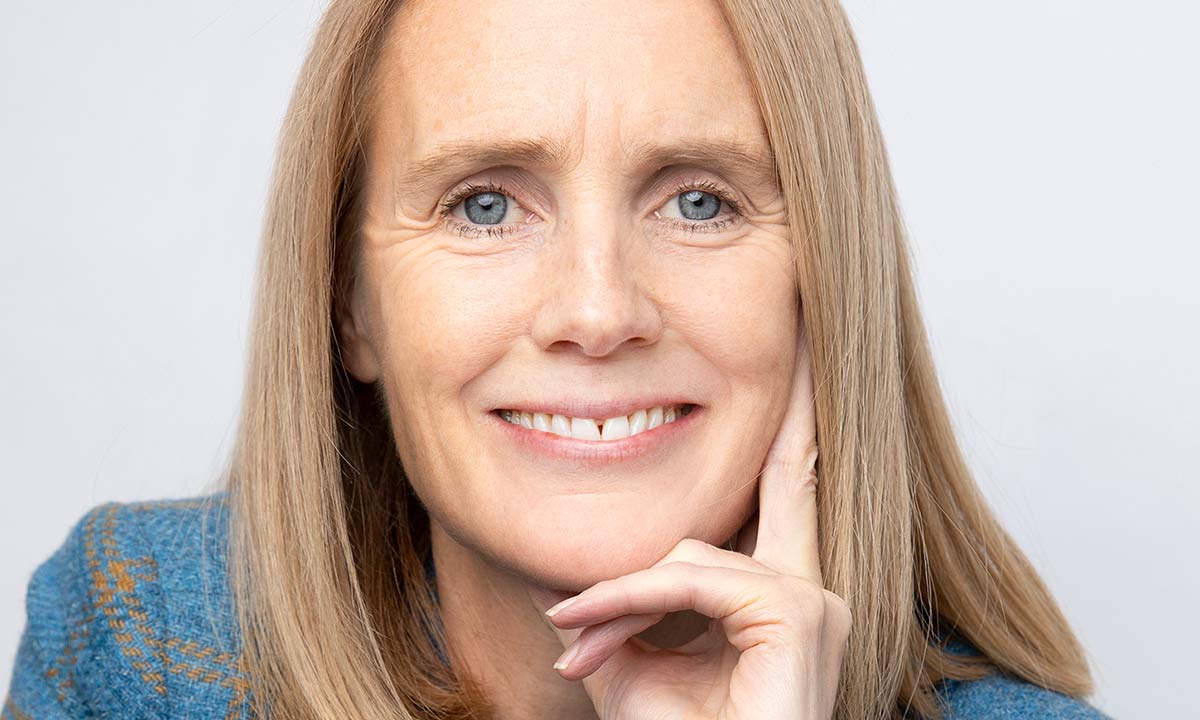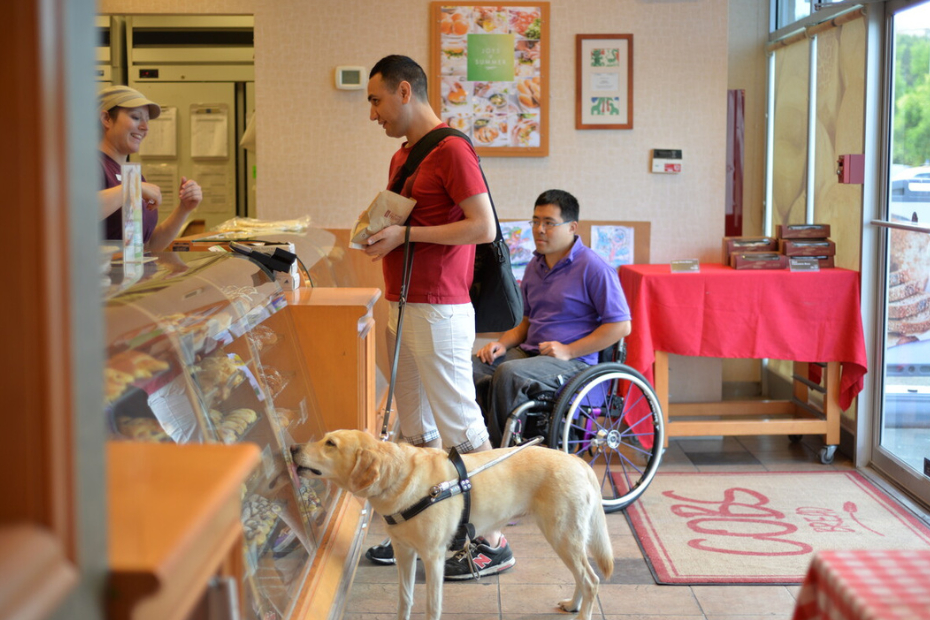Alex Johnston first started trying to get pregnant fifteen years ago. As a result of the outdated medical information and advice she received, she followed a years-long, painful path through infertility and IVF treatments, the loss of her first child and what was — at the time — the uncommon choice of having children through surrogacy.
Published ten years after the birth of her fourth child, Johnston says her book —Inconceivable: An Eye-Opening, Life-Altering Journey from Infertility to Motherhood — is an extension of her advocacy on behalf of parents dealing with infertility. While she acknowledges open discussion of infertility has increased over the past decade, no material advancements to support women or develop accessible information have come to light. She hopes her book helps change that.

RBC recently had the opportunity to chat with Johnston about her book.
Q: Why did you write the book a decade after your experiences with infertility and surrogacy?
Johnston: I wrote the book because I didn’t feel like anything had changed since I was going through this. I looked around and talked to women who were 29 – 31 who were either having difficulty getting pregnant, or saying a lot of the same things I said when I was trying. I felt like it was still a significant issue and there has been very little done to address it. The only change is that women are having babies older — when I started the average age was 29 and today it’s 31. If that’s the only meaningful change in 15 years, that’s a big problem.
Q: What is the main message you want to get across?
Johnston: That this is a very real issue. It’s significant for women in their early thirties. Men and women are starting to have children later and that’s not going to change. We’ve got to start approaching this more intelligently and the starting point for me is to inform women. But there is much more we can do and should do. It’s too big of an issue to ignore — men and women should have a choice as to whether they want to become parents or not, and not have a door quietly close before they even have a chance to consider it.
Q: When you were dealing with infertility you eventually turned to surrogacy. How did you choose that as an option?
Johnston: For us, it was just practical. We didn’t know what was going on — I was healthy and when you look healthy and lead a healthy life, the assumption was that there would be no issues with fertility. But the two aren’t connected — your health and how fast your biological clock is ticking are two separate things. Once we realized my fertility was compromised, we became open to different options to solve that problem.
Q: In your book, you talk about the questions you fielded about surrogacy and the discomfort some people had. Are you still fielding questions?
Johnston: Things are very different now. Surrogacy was available fifteen years ago but I didn’t know anyone else who went through it. I think today the landscape has changed — surrogacy is more public. There’s still not a lot of information available, but it’s not as unusual as when David and I went through it.
Q: You also talked about how you would proactively inform women about fertility — even if they were strangers. Are you still doing that?
Johnston: If I’m in a coffee shop and I hear two women chatting about “maybe” having a baby “one day,” I will introduce myself and tell them to get their fertility work-up done. I’ll encourage them to get informed about their own fertility so they have relevant information to guide their family planning. I recognize that accosting women in coffee shops isn’t a great strategy for change but knowledge is power and most women thank me for sharing my experiences.
Q: What do you hope the book achieves?
Johnston: My hope is that potential parents start the conversation earlier. I learned at 34 that my fertility was compromised, two years in to trying to get pregnant, and hadn’t really thought infertility was a problem before 35. I want people to approach this as an important health issue — so that by the time a woman is 28 (when her fertility peaks) she is starting the conversation with her doctor, getting her fertility workup done and has information early enough to benefit from it.
Q: What role do you think employers might play in supporting women through their fertility journeys?
Johnston: The biggest thing for employers is funding fertility benefits in health benefits. There is a real economic case around funding family building options. Consider the amount of lost time and lost work due to the fertility treatment process and the mental health issues that arise because it’s all too much to manage. Investment is needed for a brief period in someone’s life to help get them to the other side and move on with their lives. Family-building support is something we really need to start looking at as an important investment in women and men.
You don’t want money to be the dividing line between someone having a family and not.
Q: What policy changes have taken place over the last 10-15 years?
Johnston: Since 2016, Ontario covers one cycle of IVF for women under 42, which is significant — although some jurisdictions, like Australia, cover three or four. There is more we need to do, but with access to IVF you can learn so much about your body, including whether your eggs are good or not. Reproductive medicine and technology have come so far — there are many ways to help people if help is available.
Q: What else do you hope changes?
Johnston: I believe a significant education campaign is needed — to empower doctors so they feel more comfortable raising this proactively and to educate women so they know what questions to ask. When I realized that a fertility workup was about $100 and covered by public health insurance in Canada, it changed everything. For a small investment (compared to the tens of thousands of dollars fertility treatments can cost) I could have understood my own fertility situation easily and early and made better-informed decisions.
It’s important for women to take control of their health, and when it comes to fertility there is a limited window. The right information at the right time can make all the difference — so women don’t have to go through what I did.
Alex Johnston’s author’s royalties from the sale of the book are being directed to two infertility advocacy groups so they can continue their work educating men and women, doctors, governments and employers.
This article is intended as general information only and is not to be relied upon as constituting legal, financial or other professional advice. A professional advisor should be consulted regarding your specific situation. Information presented is believed to be factual and up-to-date but we do not guarantee its accuracy and it should not be regarded as a complete analysis of the subjects discussed. All expressions of opinion reflect the judgment of the authors as of the date of publication and are subject to change. No endorsement of any third parties or their advice, opinions, information, products or services is expressly given or implied by Royal Bank of Canada or any of its affiliates.



















